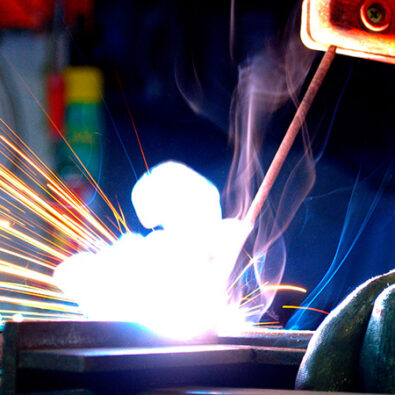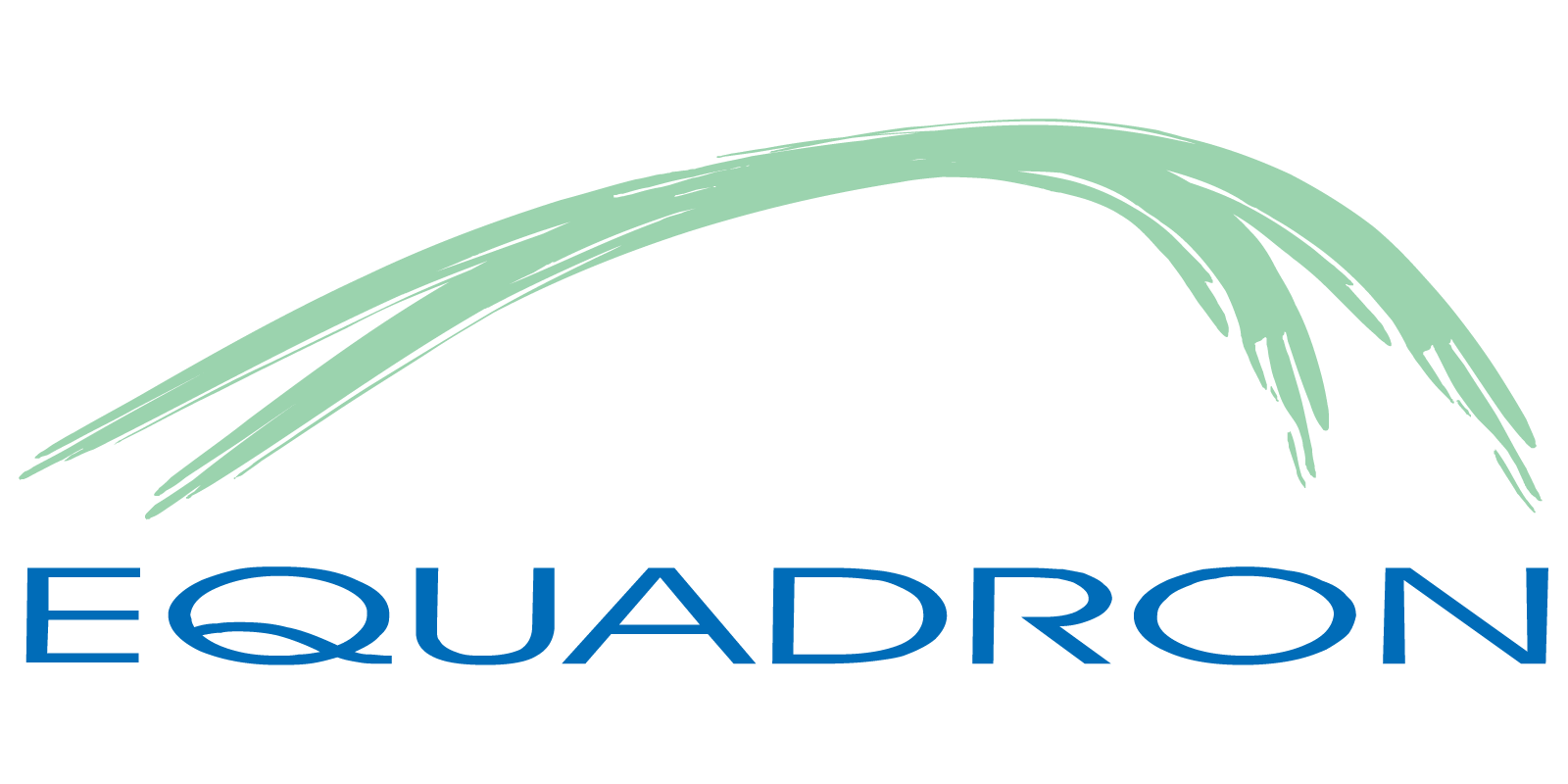Welding dissimilar metals is a typical challenge in chemical and power plants, particularly in piping where different materials are selected for various temperature regimes. It is also encountered in expansion projects where the existing infrastructure is connected to the new one.
Welding dissimilar metals require a thorough understanding of their solubility, thermal properties, and behavior during fusion welding. Mutual solubility is fundamental to joining dissimilar metals successfully. Another obvious consideration is that to execute a fusion weld the metal must be melted. However, the melting point alone does not determine how easily a metal melts. If the thermal conductivity of the metal is high, heat is conducted away rapidly, and a greater amount of heat must be supplied to raise the metal to its melting point. This effect is easily noticeable when welding high-conductivity metals such as copper or aluminum.
Another variable to consider is the coefficient of thermal expansion. When it is greatly different, stresses can build up in the weld leading to cracking and failure, especially when the joint has a high-temperature service.
Welding dissimilar metals can also cause corrosion issues. Galvanic corrosion is an electrochemical process in which one metal corrodes preferentially when it is in electrical contact with another, in the presence of an electrolyte. Therefore, welding metals with different potentials or far apart in the galvanic series should be avoided.
The selection of welding consumables is another essential piece of the puzzle. The ideal candidate would have adequate alloy elements to handle the effects of dilution and still yield an acceptable metallurgical microstructure. Welding techniques such as buttering may be required to deposit a sound weldment. In certain situations, the only way to make a successful joint is to use a transition material between the two dissimilar metals. An example of this is the attempt to weld copper to steel. The two metals are not mutually soluble, but nickel is soluble in both. Therefore, by using nickel as an intermediary metal the joint can be made.
Based on our discussion, one could say that welding dissimilar metals is not business as usual. Especially when most welding codes do not support this practice. For this reason, it is key to retain a welding engineer to develop a welding procedure aligned with the joint intended service.

